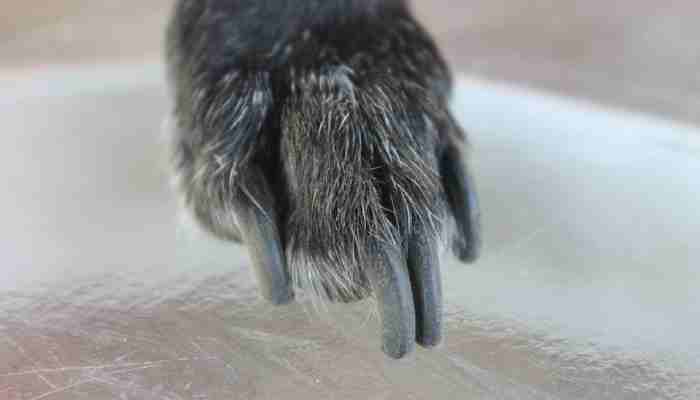Long dog nails may seem like a minor annoyance, but the truth is they can lead to serious health issues for your barking buddy. From joint problems to behavioral issues, overgrown nails can wreak havoc on your dog’s physical and emotional well-being. In this article, we’ll dive deep into the hidden dangers of overgrown dog nails, and explain why regular nail care is an absolute must for every responsible dog owner. Keep reading to learn more about the risks and how to prevent them.
Pain and Discomfort
Long nails can cause pain and discomfort for dogs, just like they can for humans. When a dog’s nails grow too long, they can put pressure on the toes and the paw pads, leading to soreness, inflammation, and even infections. This can make it difficult for your dog to walk, run, or play, and can also cause them to develop an abnormal gait or posture.
Increased Risk of Injuries
Long dog nails aren’t just unsightly; they can be downright dangerous. When your dog’s nails get too long, they’re more likely to snag on carpets, furniture, or other objects, causing the nail to break or tear. This can lead to bleeding and infections, and can even require a visit to the vet. Additionally, overgrown nails can alter the way your dog walks or runs, making them more likely to slip, fall, or twist their ankle, which can result in more severe injuries. Keep your pup safe and healthy by staying on top of nail care, and avoid the risks of painful and costly injuries down the road.
Joint Problems
Overgrown nails can also lead to joint problems in dogs, especially in older or overweight pets. When a dog’s nails are too long, they can’t walk or stand properly, which puts extra pressure on the joints and bones. Over time, this can cause arthritis, hip dysplasia, or other musculoskeletal issues that can be difficult to manage and treat.
Nail Bed Infections
One of the most serious risks of overgrown dog nails is the potential for nail bed infections. When the nail grows too long, it can start to curve or twist, which can create a pocket of dirt, debris, or bacteria underneath the nail. If left untreated, this can cause an infection in the nail bed, which can be painful, difficult to heal, and even spread to other parts of the body.
Behavioural Problems
Lastly, overgrown dog nails can also lead to behavioural problems in dogs. When a dog’s nails are too long, they may become anxious, irritable, or even aggressive. This is because the discomfort and pain caused by the long nails can make the dog feel vulnerable and defensive, leading to behaviour changes that can be difficult to manage or correct.
So, what can you do to prevent the hidden dangers of overgrown dog nails? The answer is simple: regular nail care. By trimming your dog’s nails on a regular basis, you can prevent pain, injuries, joint problems, nail bed infections, and behavioural issues. If you’re not comfortable trimming your dog’s nails on your own, you can take them to a professional groomer or a veterinarian for help.
As you see now, overgrown dog nails are not just a cosmetic issue or a minor inconvenience. They can cause pain, discomfort, injuries, joint problems, infections, and behavioural issues that can be harmful to your pet’s health and happiness. As a responsible dog owner, it’s your duty to provide your furry friend with the regular nail care they need to stay healthy and happy for years to come.

